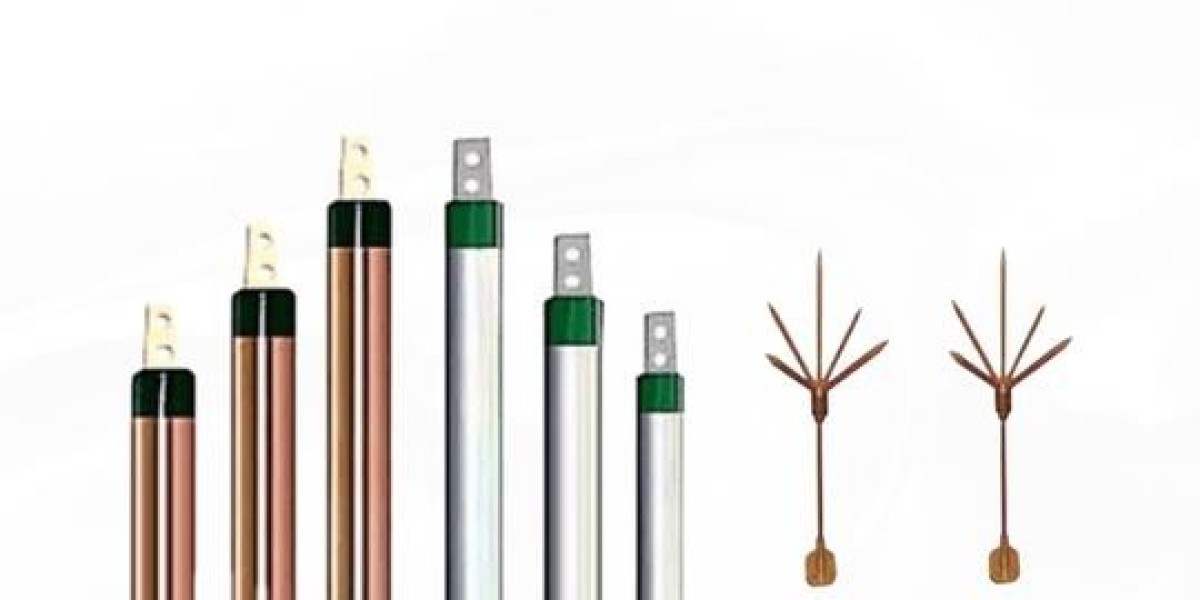Understanding the Functionality, Types, Benefits, and Applications of Surge Protective Devices in Modern Electrical Systems
Introduction
To mitigate these risks, Surge Protective Devices (SPDs) have become essential components in electrical systems. This article explores the functionality, types, benefits, and applications of SPDs, highlighting their importance in protecting electrical equipment and ensuring the reliability of electrical systems.
What is a Surge Protective Device?
A Surge Protective Device is an electrical device designed to protect electrical equipment from transient voltage spikes, commonly referred to as surges. These surges can occur due to lightning strikes, switching operations in the power grid, or sudden changes in electrical loads. SPDs work by diverting excess voltage away from sensitive equipment, preventing damage and ensuring the continuity of operations. They are installed in various electrical systems, including residential, commercial, and industrial applications, to safeguard against voltage fluctuations.
How Surge Protective Devices Work
SPDs operate on the principle of clamping voltage, which is the maximum voltage that the device will allow to pass through to the connected equipment. Here’s how they typically work:
Voltage Monitoring: SPDs continuously monitor the voltage levels in the electrical system. They remain in a standby mode, allowing normal voltage to pass through without interruption.
Surge Detection: When a voltage surge occurs, the SPD detects the sudden increase in voltage and reacts almost instantaneously.
Clamping Action: Upon detection of a surge, the SPD diverts the excess voltage away from the connected equipment. This is achieved through various components, such as metal-oxide varistors (MOVs), gas discharge tubes (GDTs), or transient voltage suppressors (TVS).
Restoration: After the surge event, the SPD returns to its standby mode, allowing normal voltage to flow to the connected devices.
Types of Surge Protective Devices
Surge Protective Devices come in various types, each designed for specific applications and environments:
Type 1 SPDs: These are installed between the utility service entrance and the building's electrical system. They are designed to protect the entire electrical system from external surges, such as those caused by lightning strikes.
Type 2 SPDs: Installed at the service entrance or distribution panel, Type 2 SPDs provide localized protection for electrical panels and the equipment connected to them. They are effective against both external and internal surges.
Type 3 SPDs: These are point-of-use devices typically installed at the outlets where sensitive electronic equipment is connected. Type 3 SPDs provide additional protection to devices like computers, televisions, and audio-visual equipment.
SPDs for Specific Applications: There are specialized SPDs designed for specific applications, such as those used in telecommunications, data centers, and industrial control systems. These devices are tailored to meet the unique surge protection needs of their respective environments.
Benefits of Surge Protective Devices
The integration of SPDs into electrical systems offers numerous advantages:
Equipment Protection: The primary function of SPDs is to protect sensitive electronic equipment from damage caused by voltage surges, extending the lifespan of devices and reducing the need for costly repairs or replacements.
Operational Continuity: By safeguarding equipment, SPDs help maintain operational continuity in businesses and industries, preventing unexpected downtime and financial losses associated with equipment failure.
Safety Assurance: SPDs enhance the safety of electrical systems by reducing the risk of fire hazards associated with electrical surges. They help protect not only equipment but also the premises and personnel.
Compliance with Standards: Many industries have standards and regulations that require the installation of SPDs to ensure safety and reliability. Compliance with these standards is crucial for legal and insurance purposes.
Cost-Effective Solution: Investing in SPDs can save businesses significant costs in the long run by preventing damage to expensive equipment and minimizing repair or replacement expenses.
Applications of Surge Protective Devices
Surge Protective Devices are employed in various sectors, including:
Residential: In homes, SPDs protect electronic devices like televisions, computers, and home automation systems from voltage surges caused by lightning or power fluctuations.
Commercial: Businesses use SPDs to protect office equipment, communication systems, and other essential devices, ensuring uninterrupted operations and safeguarding sensitive data.
Industrial: In manufacturing and industrial settings, SPDs protect machinery, control systems, and data acquisition equipment from voltage surges, enhancing operational reliability.
Telecommunications: SPDs are critical in protecting communication systems from surges that can disrupt service and damage sensitive equipment.
Data Centers: In data centers, where uptime is crucial Surge Protective Device safeguard servers and networking equipment from voltage surges, protecting data integrity and maintaining continuous operations.
Conclusion
Surge Protective Devices (SPDs) play a vital role in enhancing the safety and reliability of electrical systems in today's technology-driven environment. By effectively mitigating the risks associated with voltage surges, SPDs protect sensitive equipment, ensure operational continuity, and enhance overall system performance. With various types of SPDs available to suit different applications, their integration into electrical systems is essential for safeguarding investments and ensuring compliance with industry standards.



